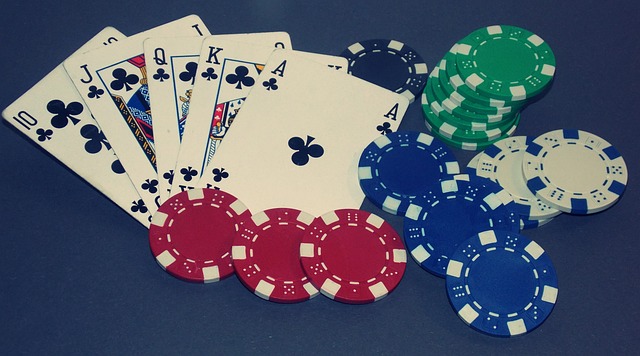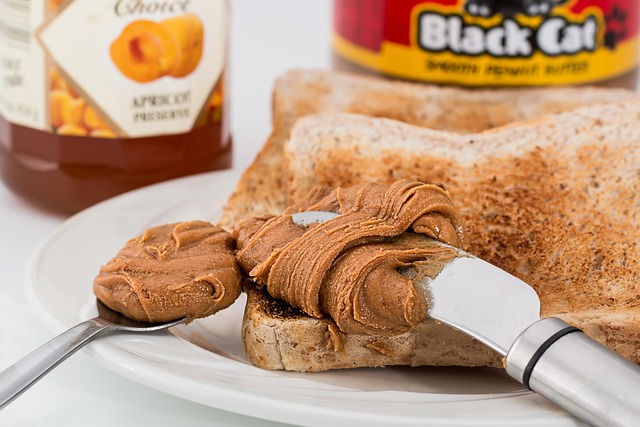Mastering the Art of the Steal: Poker Strategies for Taking Down Your Opponents
In the high-stakes world of poker, it’s not just about the cards you’re dealt, but how you play them. One of the most exhilarating strategies in poker is the ability to steal blinds and pots from your opponents. This art of deception, when executed correctly, can turn the tide of a game in your favor and instill fear in your adversaries.
The Psychology of Stealing
Stealing in poker is more than just a tactical maneuver; it’s a psychological battle. When you attempt to steal, you’re not just challenging your opponent’s cards, but also their confidence. A well-timed steal can make your opponents second-guess themselves, causing them to play more conservatively and allowing you to dictate the pace of the game.
Identifying the Right Moments
Successful stealing requires a keen understanding of your opponents and the dynamics at play. Here are a few key indicators that signal an opportune time to steal:
- Weak Players: Look for players who seem uncertain or who have been folding frequently; they’re likely to fold again.
- Late Position: When you’re in a late position, you have more information on how your opponents are reacting, making it easier to steal uncontested pots.
- Short Stacks: If your opponent is short on chips, they may be less inclined to defend their blinds aggressively.
Figuring Out Your Ideal Bet Size
Another crucial factor in successfully executing a steal is your bet sizing. The goal is to create enough pressure on your opponents without overcommitting your chips. A standard rule of thumb is to raise around two to three times the big blind. This amount is sufficient to steal the blinds while also reducing the likelihood of a call from your opponents. Adjust your sizing based on the table dynamics and the tendencies of your opponents.
Mixing Up Your Game
To effectively use stealing as a strategy, it’s essential to maintain a balanced approach. If you constantly attempt to steal, your opponents will catch on and start calling you more often. Vary your play by mixing in legitimate hands and traps. This unpredictability makes you a more formidable opponent and enhances your stealing opportunities.
Building a Tight-Aggressive Image
A successful steal often hinges on your table image. If you cultivate a reputation as a tight-aggressive player, your attempts to steal will often go uncontested. Make smart, calculated moves with premium hands, and then leverage that image when you decide to make a steal. The more seriously your opponents take you, the easier it will be to steal pots from them.
Reading Your Opponents
Mastering the art of the steal also involves keen observation of your opponents’ behaviors. Look for patterns in their play. Are they tight, or do they frequently call raises? Understanding their tendencies will help you choose the best moments to steal in a way that minimizes your risks while maximizing your rewards.
Final Thoughts
In the world of poker, learning to steal is an invaluable skill that can elevate your game significantly. By combining strong psychological insight, strategic timing, and adaptability, you can learn to navigate the complexities of poker while taking full advantage of the opportunities to steal from your opponents. So gather your chips, hone your strategies, and prepare to dominate at the table!




